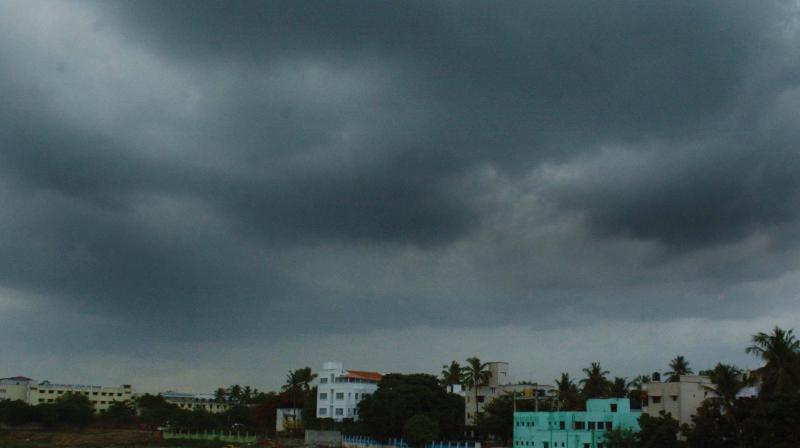Chennai: Call to harvest rainwater properly grows

CHENNAI: The Rain Centre, Adyar, is now a beehive of activity with distraught civilians, inquisitive international students and reporters from around the world thronging the place in huge numbers. Located in an apartment, which by itself is a model home with open wells, recharge pits, a structure to collect the guttered water near gates (thereby preventing it from flowing into the street resulting in flooding) and a much elaborate piped network to treat and collect rain, the Rain Centre has been offering free consultation regarding water harvesting.
Dubbed as ‘Chennai’s rain man’, Dr Sekar Raghavan, a rainwater harvesting pioneer and director, Rain Centre has become the ‘man of the hour’, guiding the distressed citizens of the city on how to implement the right rainwater structures for their homes.
Speaking to Deccan Chronicle, he says while people adopted the practice rather reluctantly and forcedly back in 2001, the current situation has come as an eye-opener, encouraging people to look at ways to conserve water.
“There is a complete change in the attitude of the people now. While in 2001, the majority of the people harvested rainwater, fearing government action, people are now coming forward by their own will, interest and awareness on the subject.” The volunteers at Rain Centre are now finding it hard to keep up with the requests, receiving around 60 calls per day. They have now started attending to these calls area-wise, depending on the strength of population in the apartment.
With ‘rainwater harvesting’ now becoming the buzz word, Sekar Raghavan and volunteers at Rain Centre are emphasising on the need for correct rainwater harvesting structures.
Speaking to Deccan Chronicle, Ram Shanker, founder, SWARAN and member, Rain Centre, explains that implementing the right rainwater structure is crucial for optimal rain harvesting. “While awareness about rainwater harvesting is on the rise, there is very little information on the right way to go about it. In short, rainwater harvesting is about directing rooftop water and driveway water (the water in the corridor, car park and surroundings of a building) into recharge wells or source wells ( the olden conventional wells from where you can draw water ). But most people harvest only rooftop water into recharge pits instead of recharge wells.”
Recharge wells are underground structures about 15 feet deep, built by stacking cement rings of dimension 1* 3 feet or 1*4 feet one over the other. (These wells can also be 5 ft X 15 ft deep (5 ft (dia) x 1 ft rings - 15 of them stacked one on top of the other)
Recharge wells direct the collected rainwater into the soil bed, thereby replenishing the groundwater table. On the other hand, a recharge pit is a narrow perforated pipe surrounded by pebbles. Due to its small volume, it is less effective than a recharge well and might get clogged with silt, reducing efficient harvesting. These are also difficult to maintain and needs to abandoned if clogged, while recharge wells, on the other hand, can be desilted once in 6 months or once in a year.

